Introducing New Drones
In late 2022, the Japan announced the largest defense budget increase since WW2, along with a number of reforms to modernize the Self Defense Forces. Among the reforms was the plan to phase out every attack helicopter and replace them with new drones.
This bold move has certainly sparked debate with many criticizing it as a hasty decision. The idea is to not only upgrade equipment, but also divert the scarce human resources to other fields such as cyber security.
Indeed, the decision to replace JGSDF helicopters with unmanned drones is mostly driven manpower shortage. Though being the largest branch of the Self Defense Forces with over 137,000 personnel, the JSDFG constantly suffers from labor shortage, and recruiting pilots is no easy task since they require specific skills.
The new plan will significantly downsize existing helicopter units and is expected to produce a surplus of 1,000 personnel. Given the changing security environment and the difficulty of recruitment under shifting demographics, this strategic reallocation of limited resources certainly makes sense.
But, the complete abolition of attack helicopters is likely to leave irreversible consequences for Japan.
Too Much Of A Gamble
Of course, not all helicopters will be scraped. The CH-47s and the UH-1s will continue to serve as the backbone of air transportation.
At the moment, the following three helicopters are subject to the plan.
| Helicopter | Number of Units | Replacement |
| Kawasaki OH-1 (Recon Helicopter) |
37 | ScanEagle 2 |
| AH-1S Cobra | 52 | TBD |
| AH-64D Apache | 12 | TBD |
Among the three candidates, retiring the Kawasaki OH-1 recon helicopter and the AH-1S attack helicopter seems reasonable given their outdated capabilities.
The problem is the AH-64D.
By scrapping the AH-64 alongside the AH-1S, the JGSDF’s attack helicopter unit will cease to exist as well as the accumulated expertise.
Although the Defense Ministry intends to arm the UH-2 multi-role helicopter to maintain the minimum attack capability, its effectiveness is questionable since the difference between an attack helicopter and a transport helicopter is less than subtle.
Furthermore, abolishing attack helicopters and relying entirely on drones is an unprecedented attempt, posing substantial risks if the strategy fails.
Should this policy fail, the JGSDF will have to rebuild its attack helicopter, potentially under a circumstance where operational expertise is all but lost.
For the sake of preserving capabilities and risk-hedging, the AH-64 units should continue to exist. While the Japanese AH-64Ds faced procurement challenges and resulted in a limited fleet of only twelve units, the skill preservation should be reason enough for maintaining this small force.
Are Helicopters Obsolete?
The transition from attack helicopters to drones brings about various considerations, including operational capabilities and adaptability towards new technologies.
It remains to be seen how this drastic shift will contribute to Japan’s defense strategy, but debate at the moment centers around the following question – Are attack helicopters obsolete in the first place?
With attack helicopters being shot down in Ukraine by portable anti-aircraft weapons like the Stinger MANPADs, the viability of attack helicopters on the battlefield has been in question.
While it is true that attack helicopters face serious challenges from MANPADs and other advanced air defense systems, they still hold value in scenarios where the enemy lacks air superiority or only has limited air defense capacity along the frontlines.
The helicopters’ ability to deliver beyond-the range precision strikes still make them strategically relevant and instrumental assets.
In the context of island defense, where the operational space is confined to a narrow area, deploying attack helicopters might pose additional hardships. Still, the mere presence of attack helicopters would compel the enemy to divert resources for countermeasures.
In short, the effectiveness of attack helicopters ultimately depends on the specific operational conditions, including air superiority and the strength of frontline enemy air defense.
Given the ongoing debate and evaluation, it seems premature to phase out all attack helicopters without considering their retained value under certain scenarios.

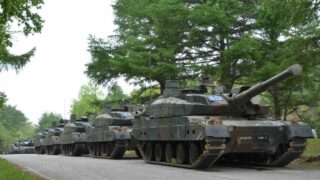
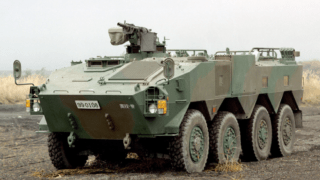
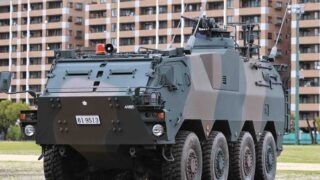
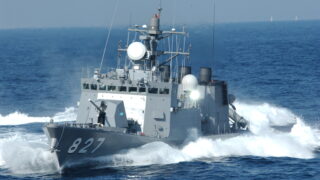
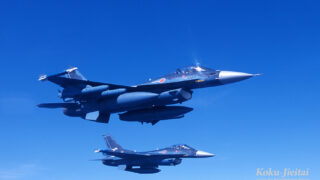
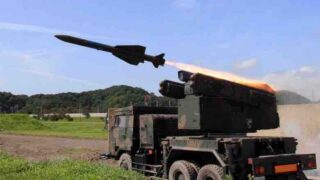
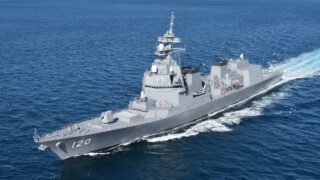

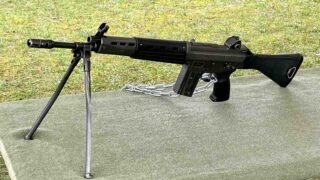
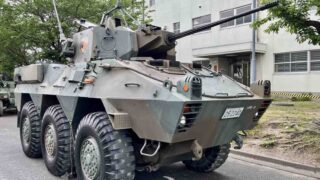



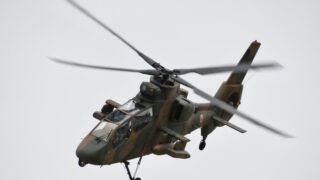
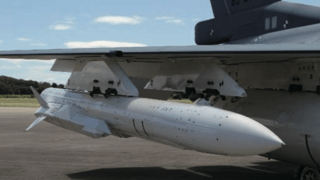
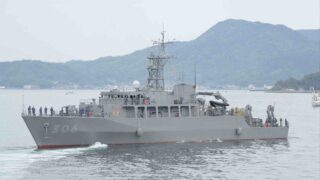
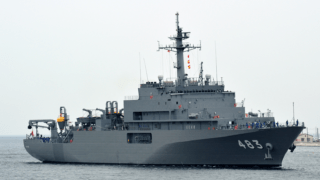
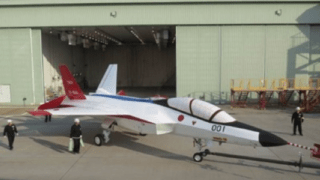
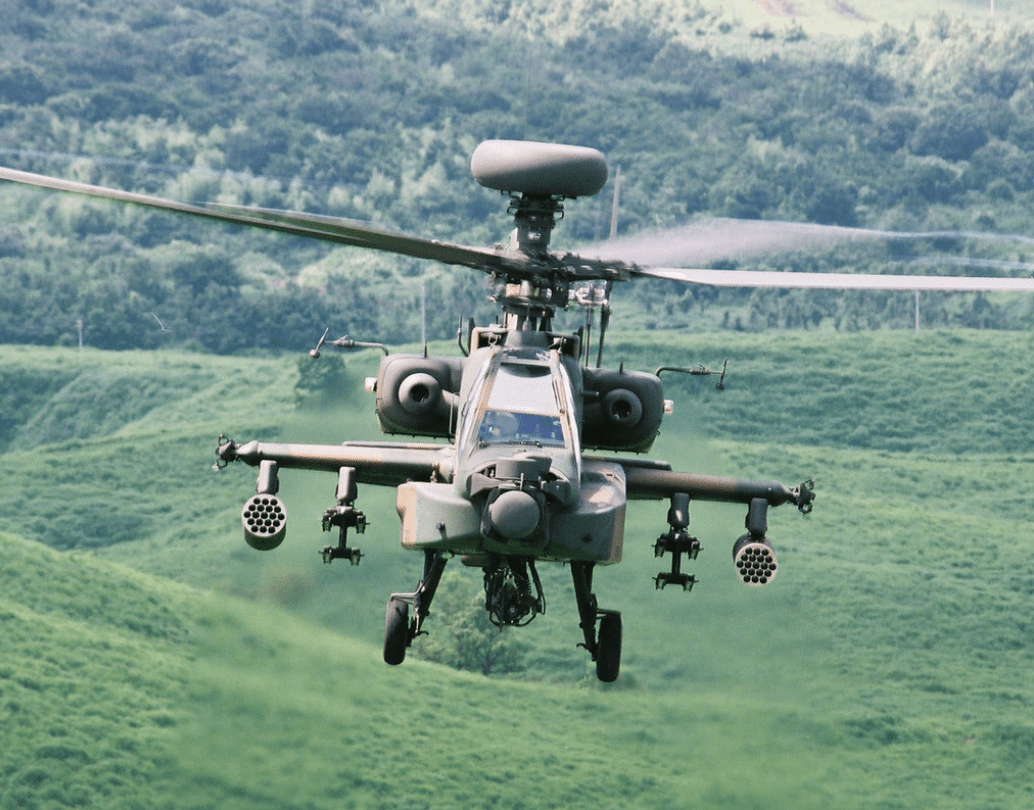
Comments